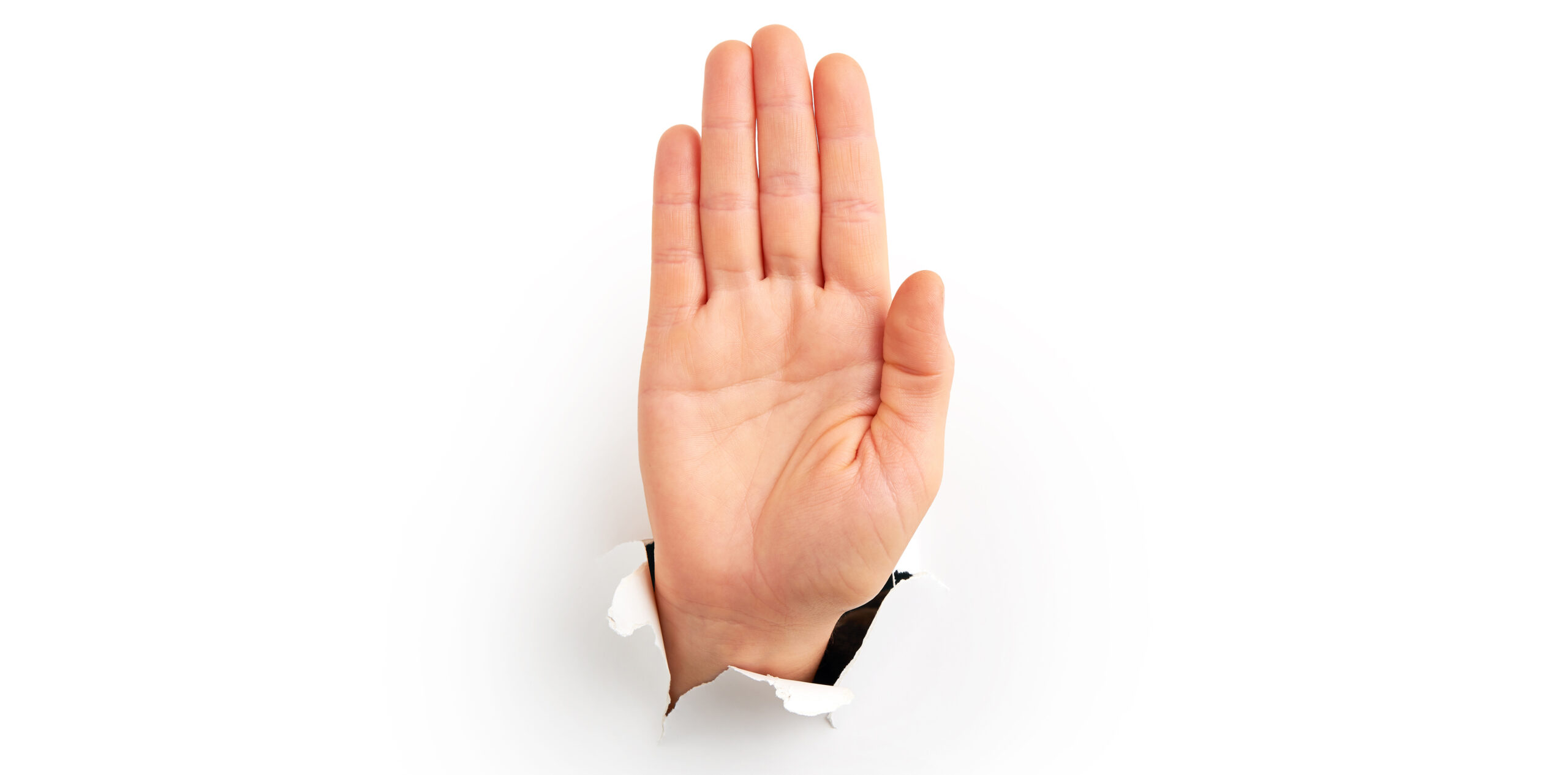
Seven public health priorities have received scant attention from the candidates, but at least Labor and the Greens care about the CDC.
The coalition does not believe the case has been made for a dedicated Australian Centre for Disease Control, according to the Public Health Association of Australia, which released its Election Scorecard earlier this week.
Unsurprisingly, the PHAA found that the two major political parties have talked very little about public health and prevention so far in this election campaign, but it was the LNP coalition’s rejection of the CDC which stood out.
The PHAA compared the parties’ platforms against seven priorities put forward by public health experts. One of those priorities was the CDC, the interim version of which was established in January 2023, following recommendations from the covid-19 response inquiry.
The full version of an independent CDC launch is expected on 1 Jan 2026, once legislation passes parliament.
The 2024 federal budget provided $251.7 million to deliver the CDC and $73.3 million from 2028-29 in ongoing funding.
For the moment, the CDC’s scope does not include chronic non-communicable diseases.
When asked by the PHAA about its support for the CDC, the coalition said:
“The Coalition does not believe the case has been made for the establishment of a dedicated Centre for Disease Control in an Australian context.”
That earned the coalition a red light on this priority, while both Labor and the Greens reiterated their support for the CDC.
While the Greens scored seven “green lights’ for their commitments to increasing investment in prevention, action on obesity, Aboriginal and Torres Strait Islander health, climate and health, gambling reform, oral health care and establishing a permanent Centre for Disease Control, the ALP only received two green lights – for the CDC and Indigenous health – and the coalition none.

“What neither party seems to be talking about is how we are going to reduce the pressure on the health system and keep more Australians out of our already strained hospitals and doctors’ waiting rooms,” said PHAA CEO Professor Terry Slevin.
“National expenditure on health is growing rapidly and now sits at around $250 billion a year – but alarmingly, only around 3% of that spending goes to initiatives that are going to stop Australians from getting sick in the first place.
“It’s not just a health failure; it’s an economic fiasco.
“Both parties are keen to establish themselves as good financial managers, but failure to invest in prevention will render our national health budget financially unsustainable.
“What we are really hoping to see in the coming weeks is some of our political candidates step up and provide a longer-term vision of what they are going to do to keep Australians healthy.
“We want to protect our young people so that they can live healthy and happy lives and support our ageing population to enjoy as many years in good health as possible. This will also relieve our health system and our economy.
“There are many cost-effective policies that the next government could adopt to create a legacy that puts Australians on a path to good health.”
Out on the stump, PM Anthony Albanese talked health while he was in Hobart today.
He reflected on the loss of his mother, Maryanne, from a brain aneurysm and his 2021 car crash in Sydney as he pushed Labor’s election promise to fund a further 50 urgent care clinics.
“The whole idea is that whether Kerry Packer had a heart attack, ended up in Royal Prince Alfred Hospital, the same place I ended up when I had a major car accident in January of 2021, and the same place that my mum ended up when she had an aneurysm, whether you’re an invalid pensioner or a billionaire, you get the healthcare you need when you need it because you’re Australian,” said the PM.
“That’s Australian values. That’s why we don’t want the Americanisation of our healthcare system.”

